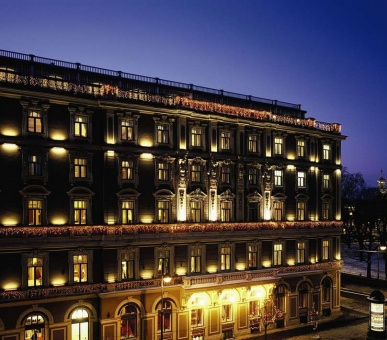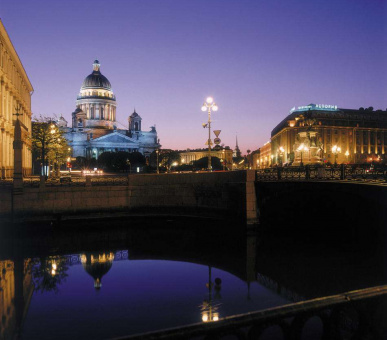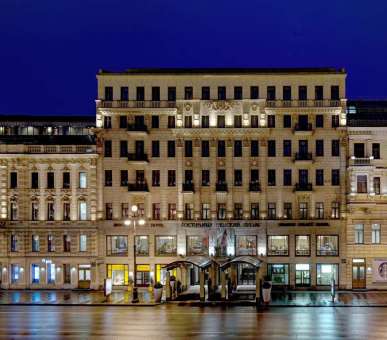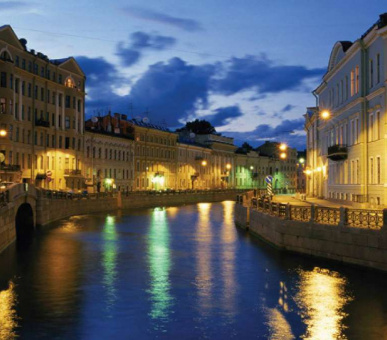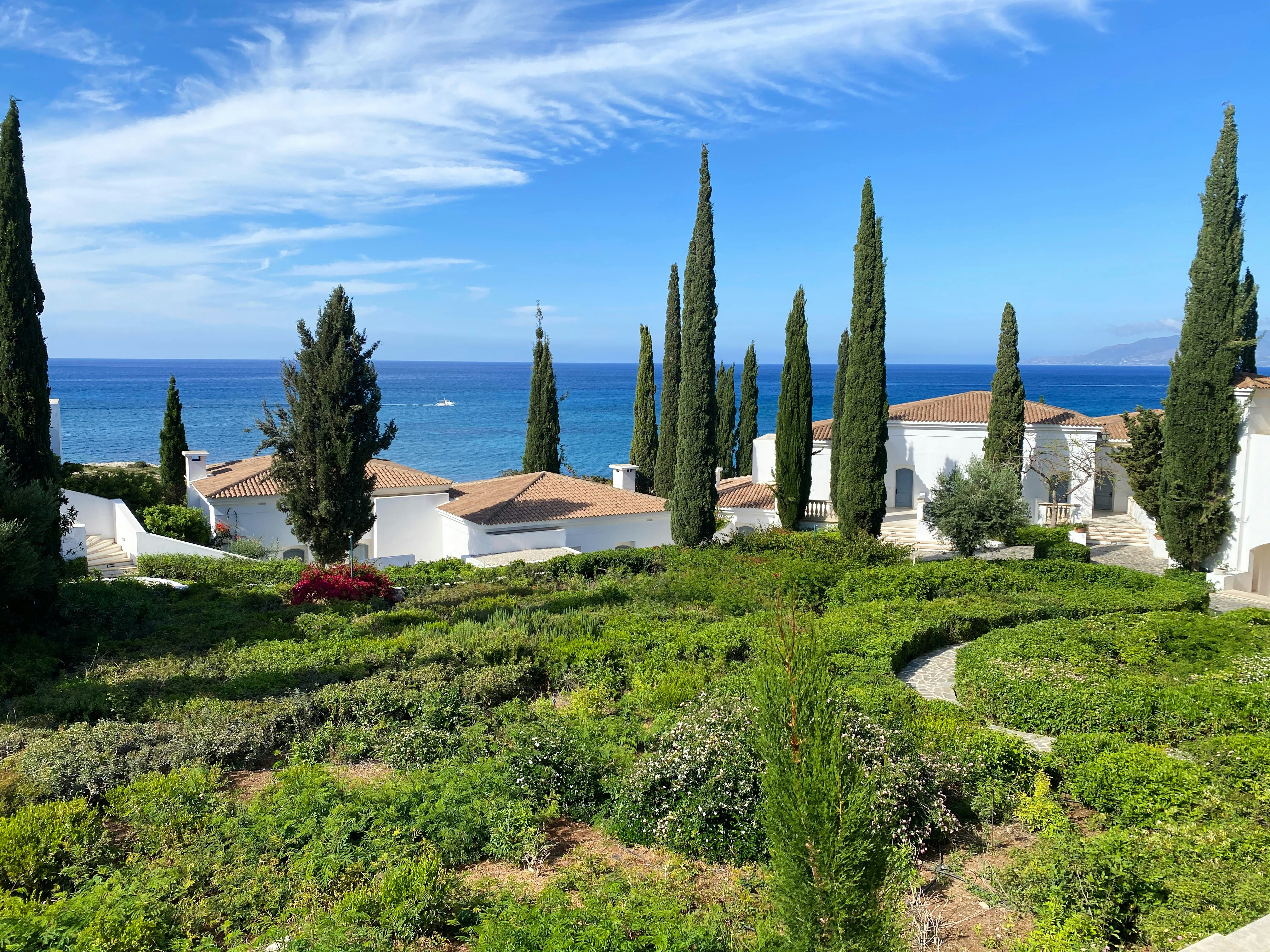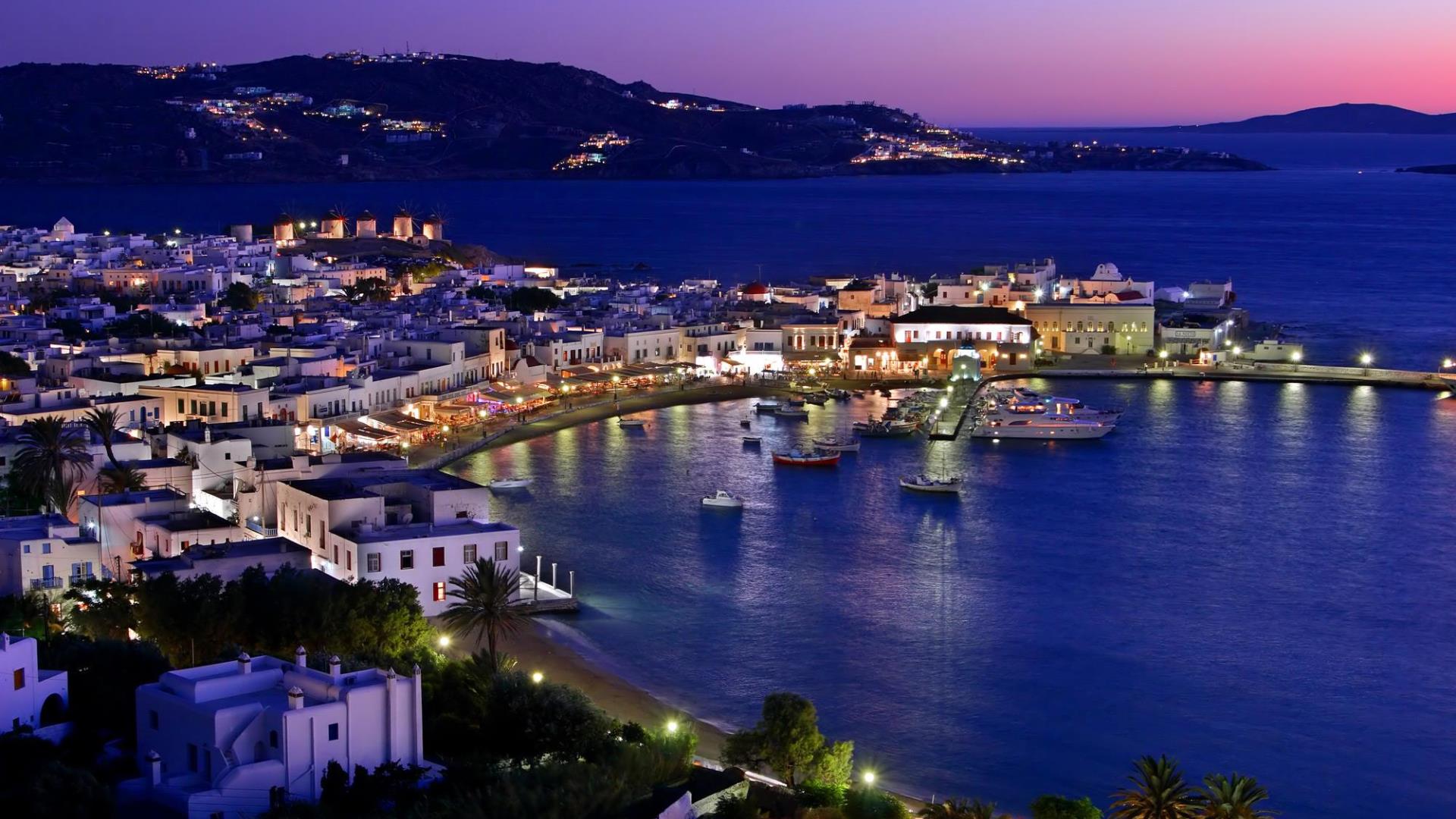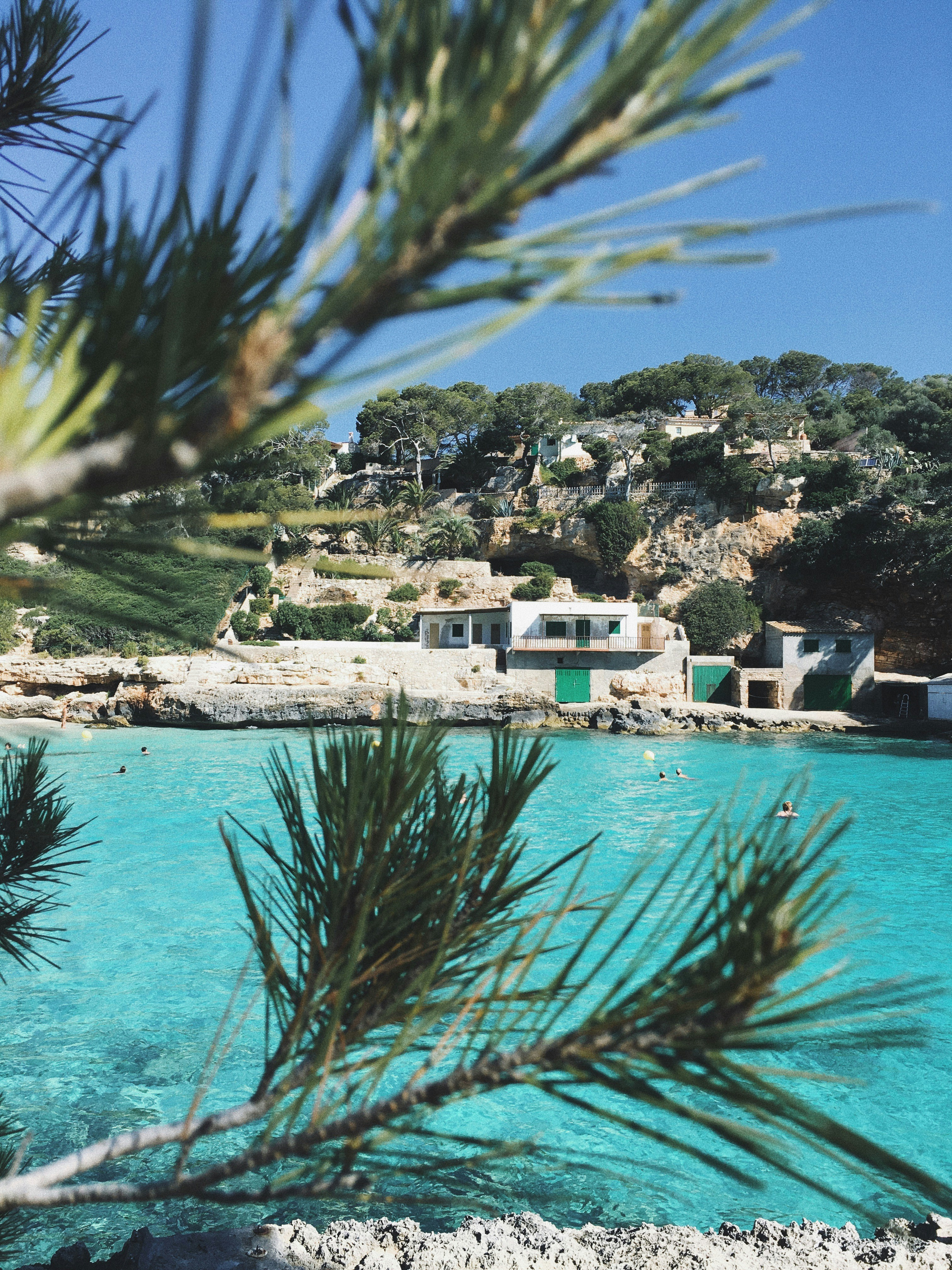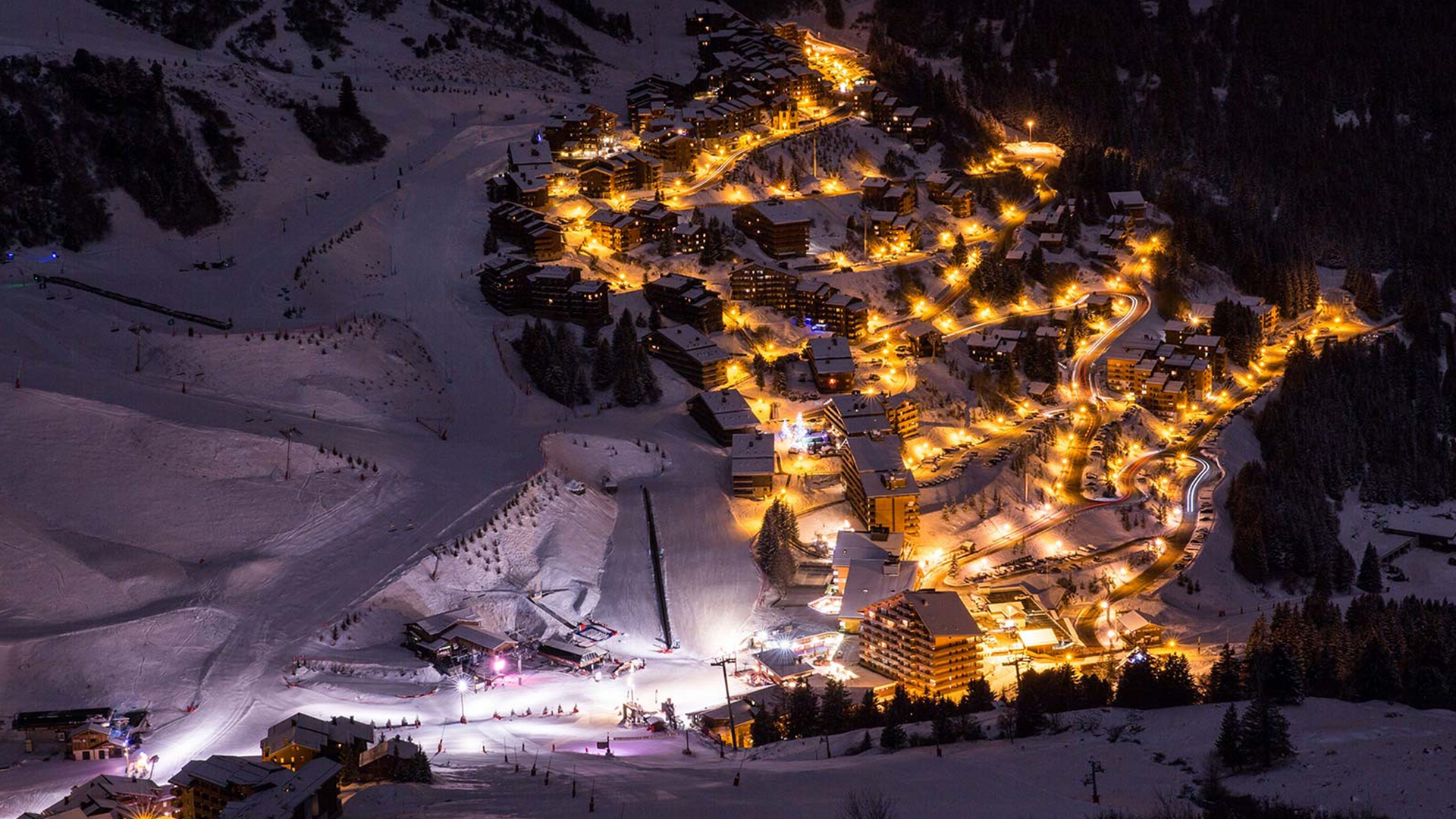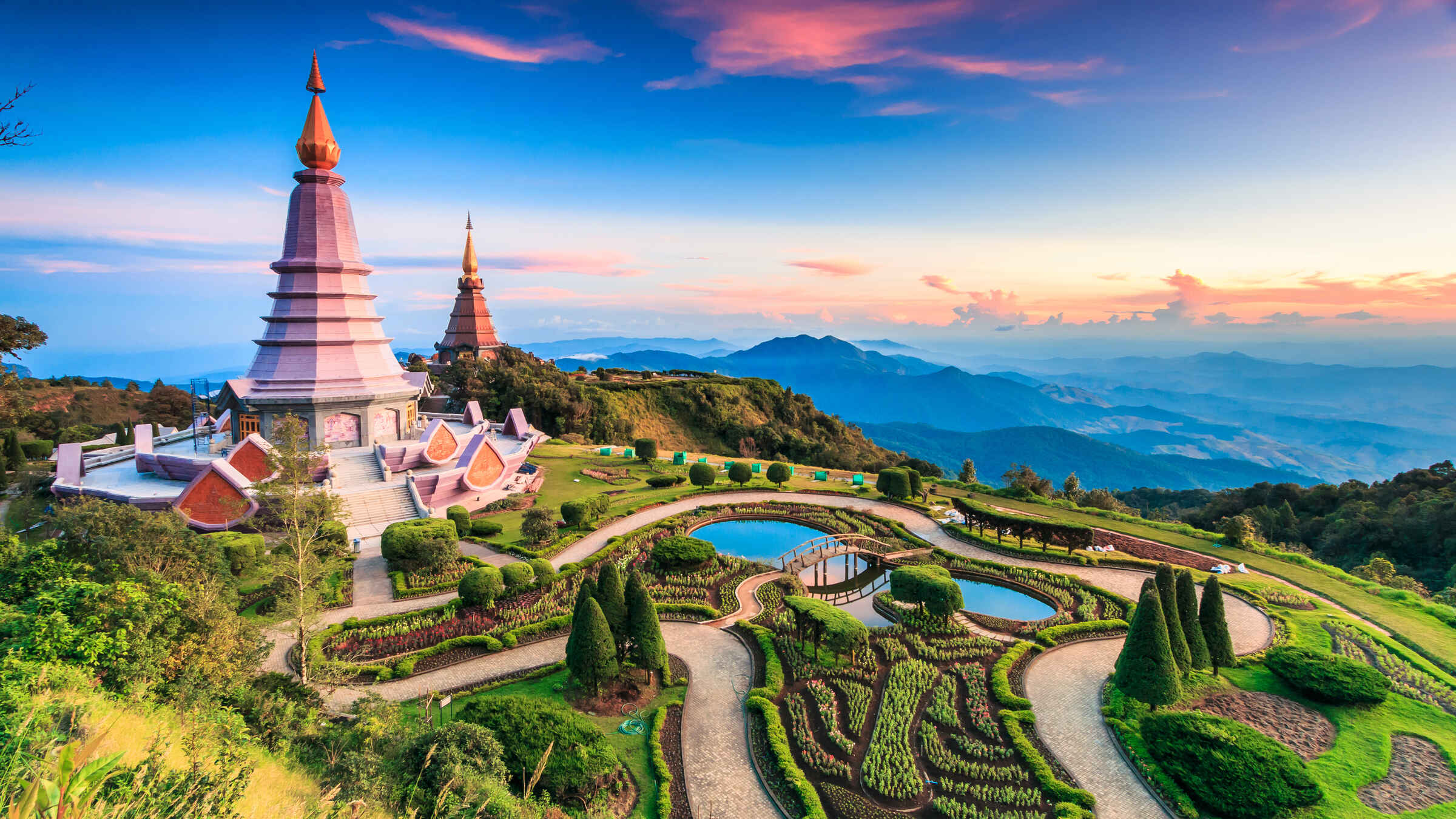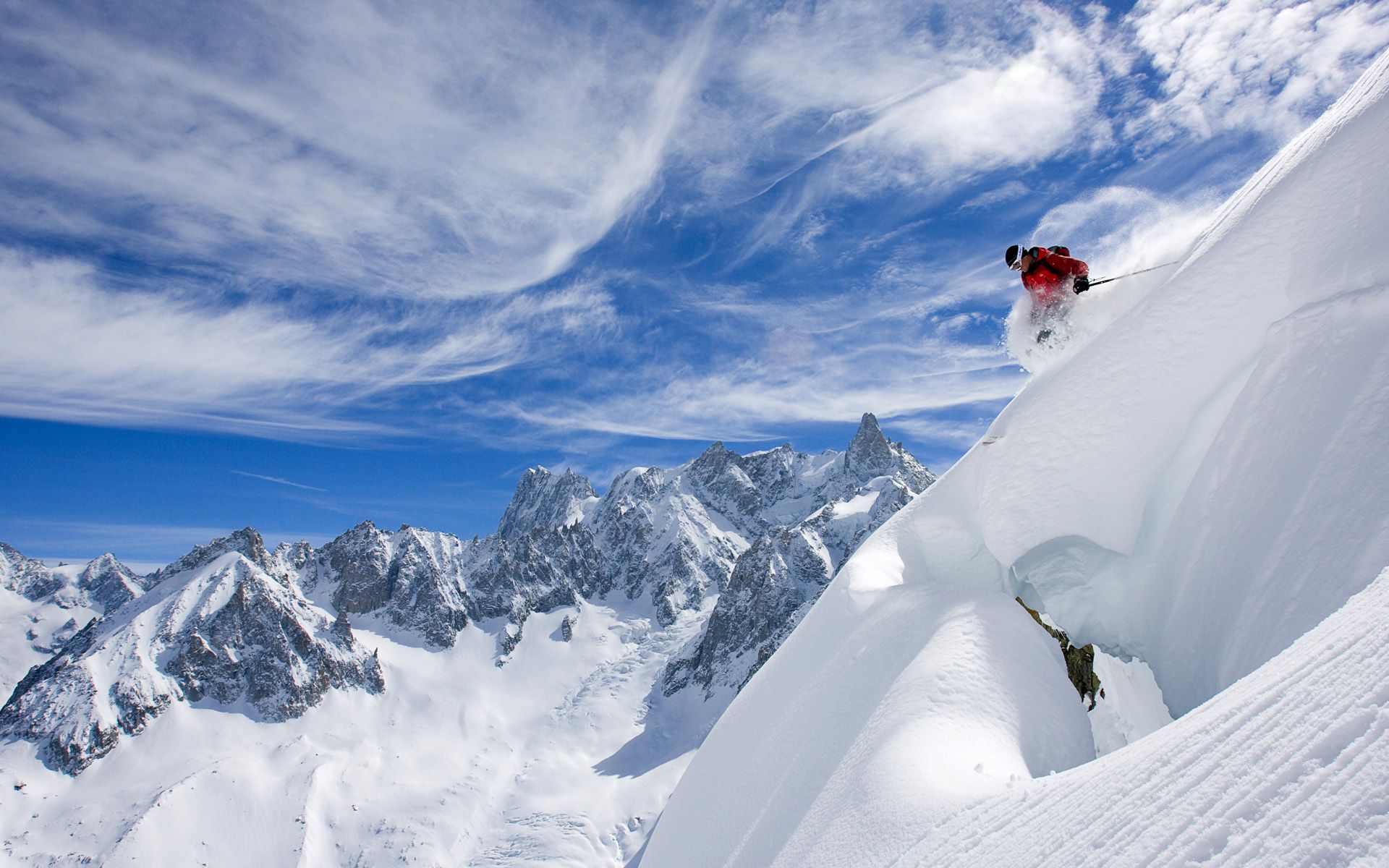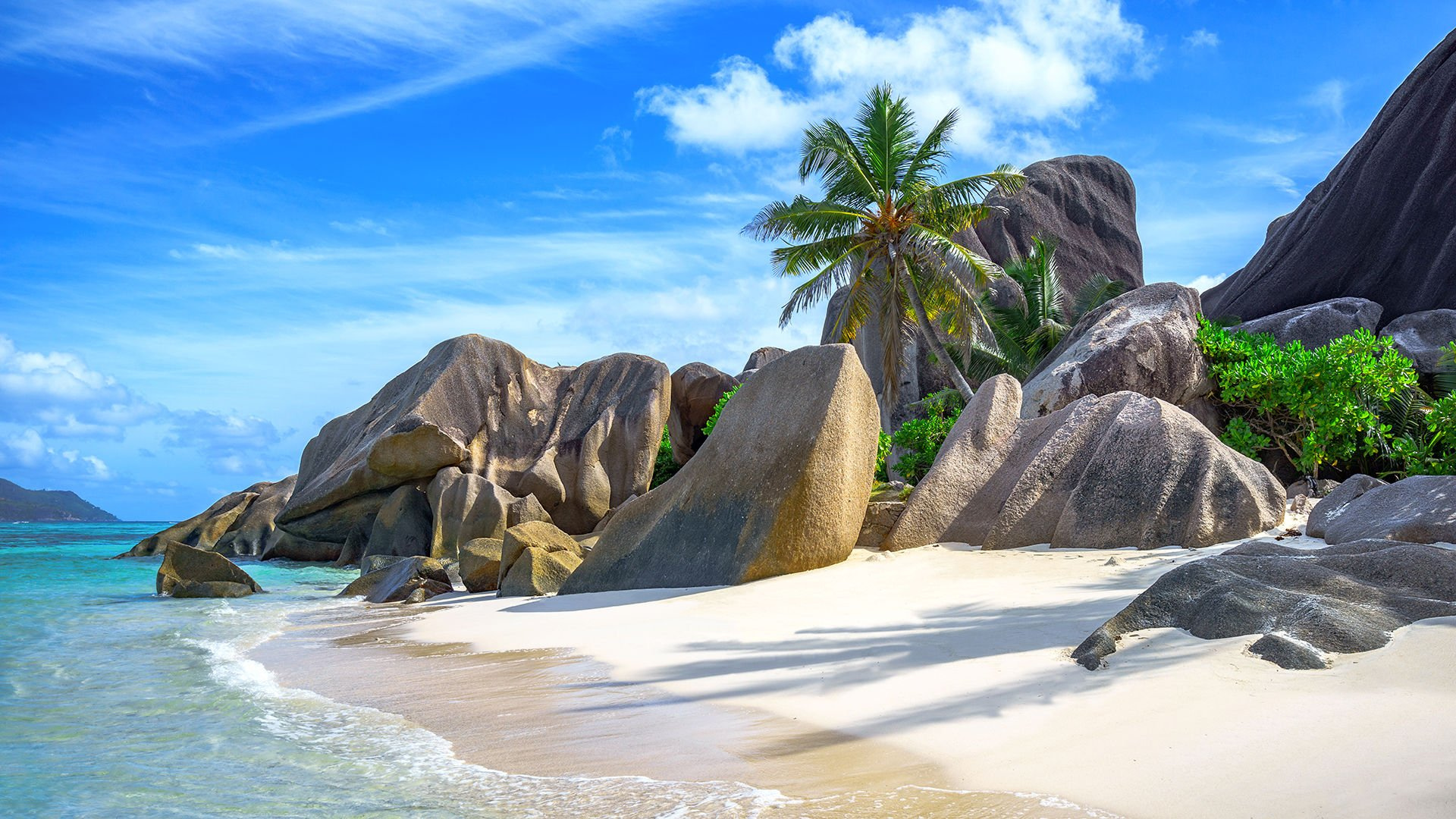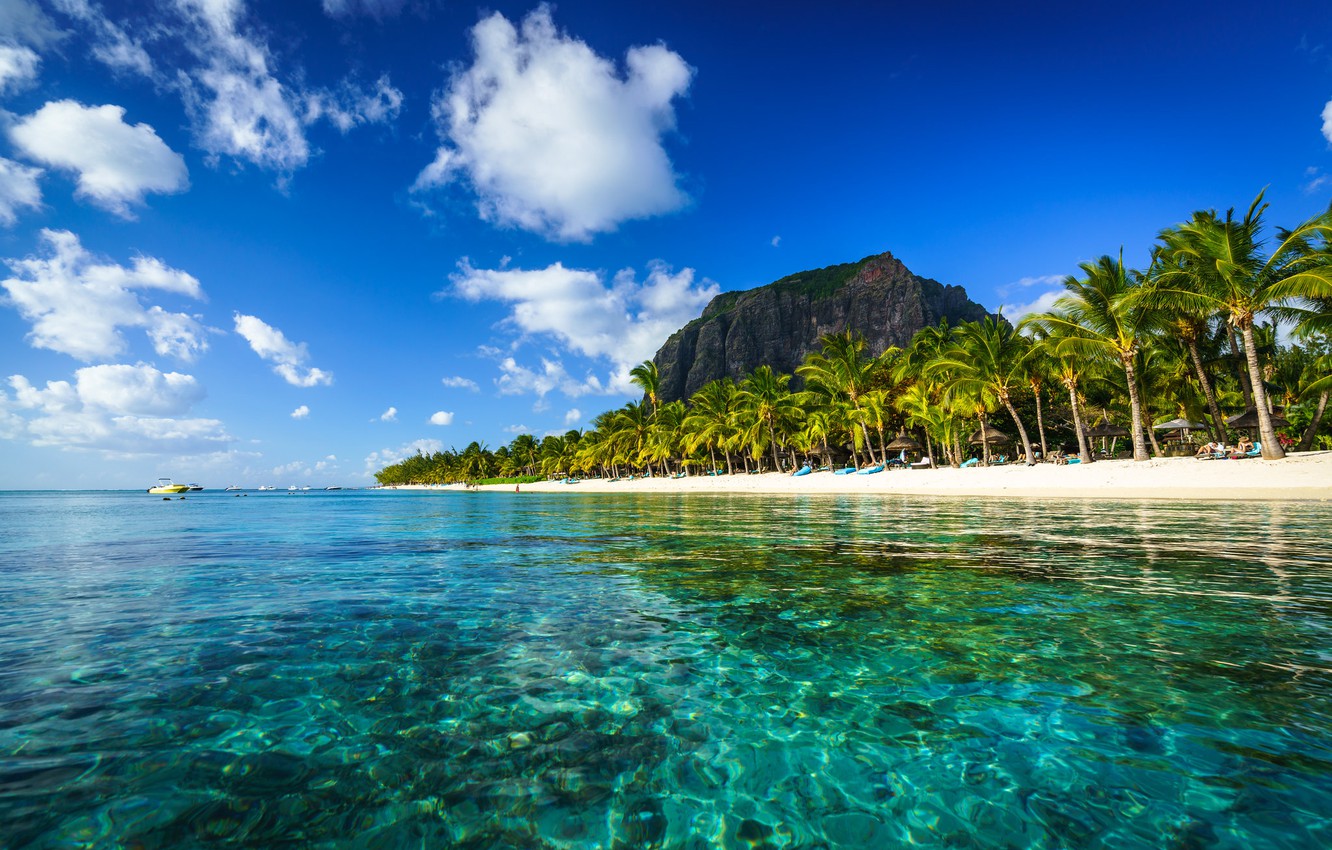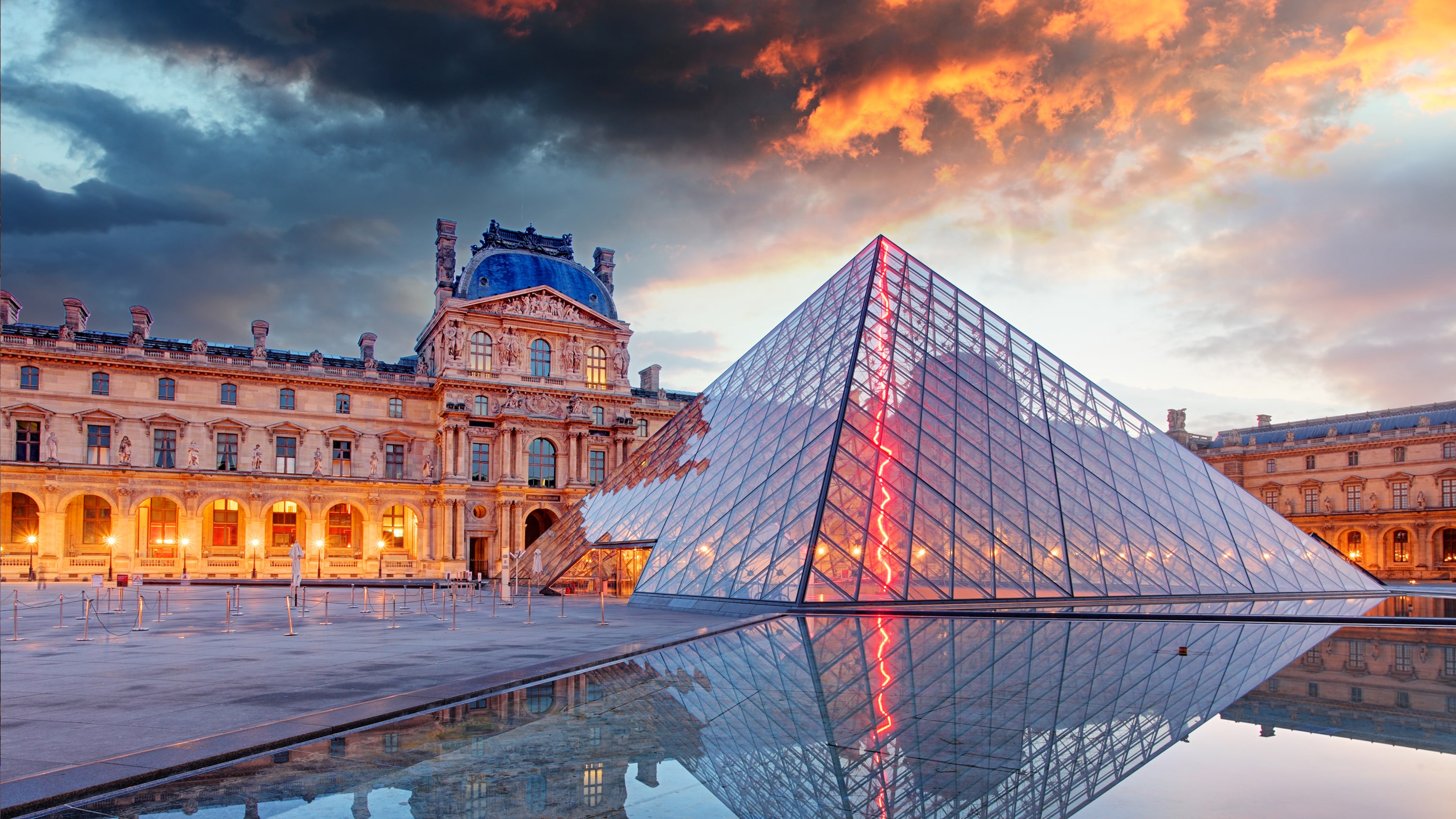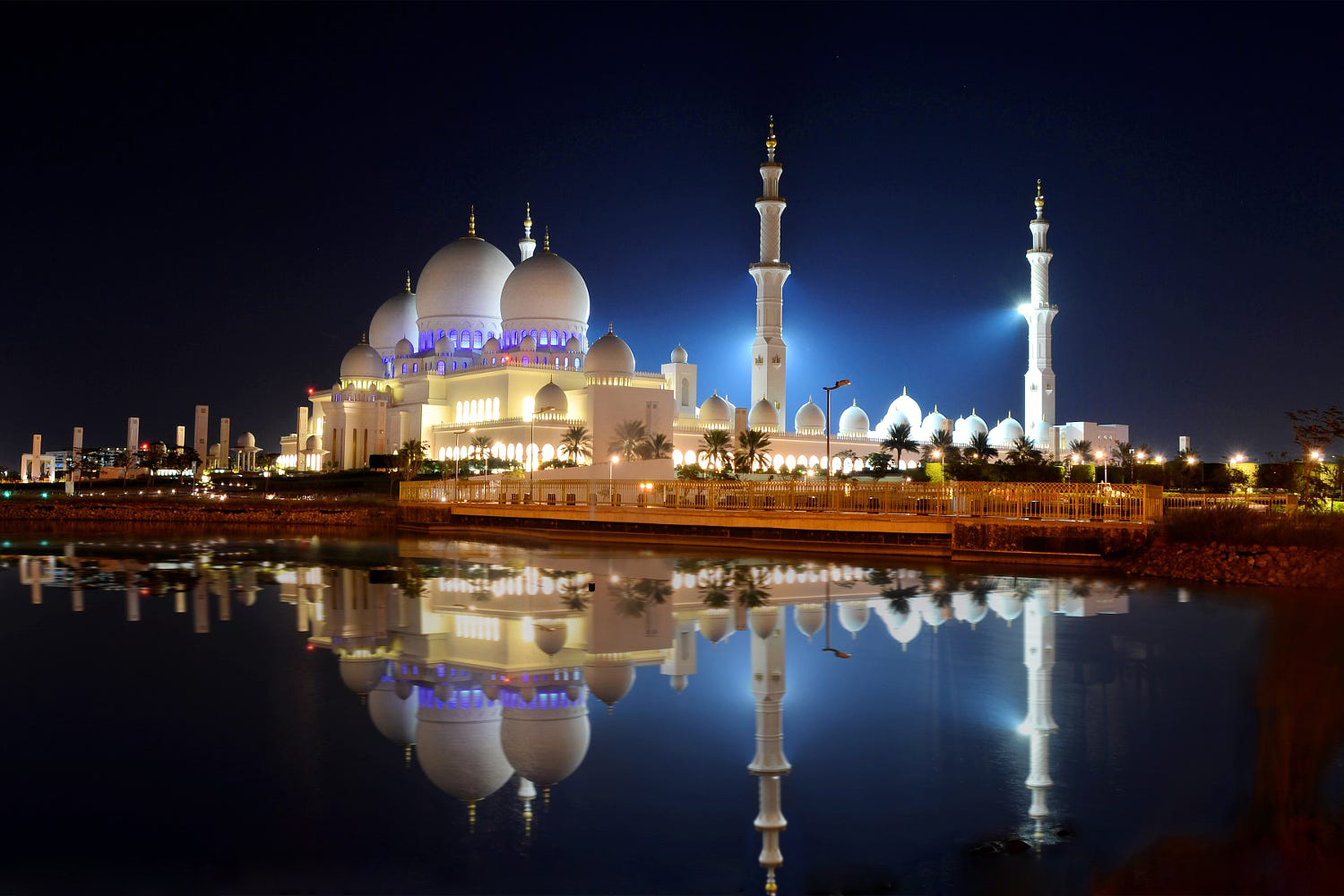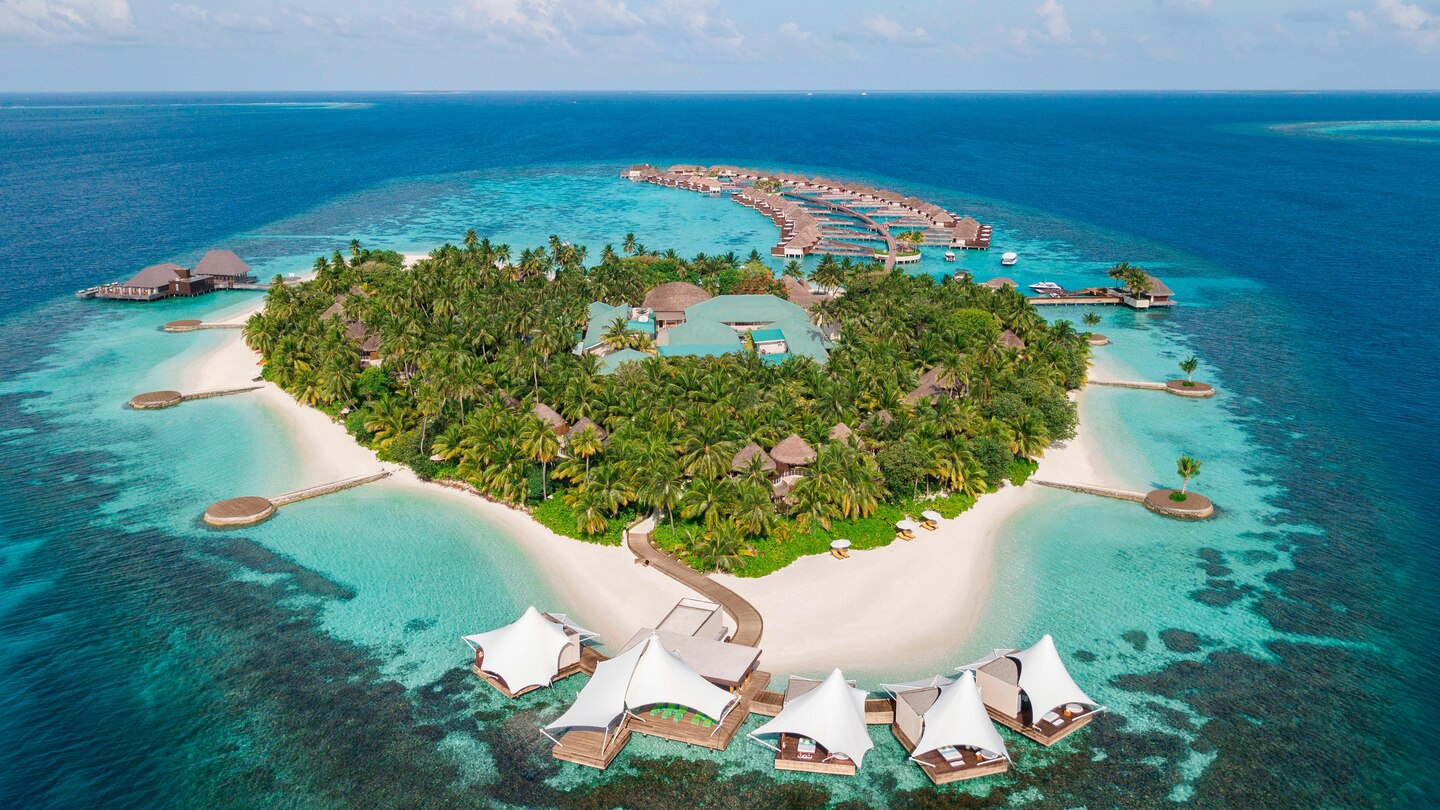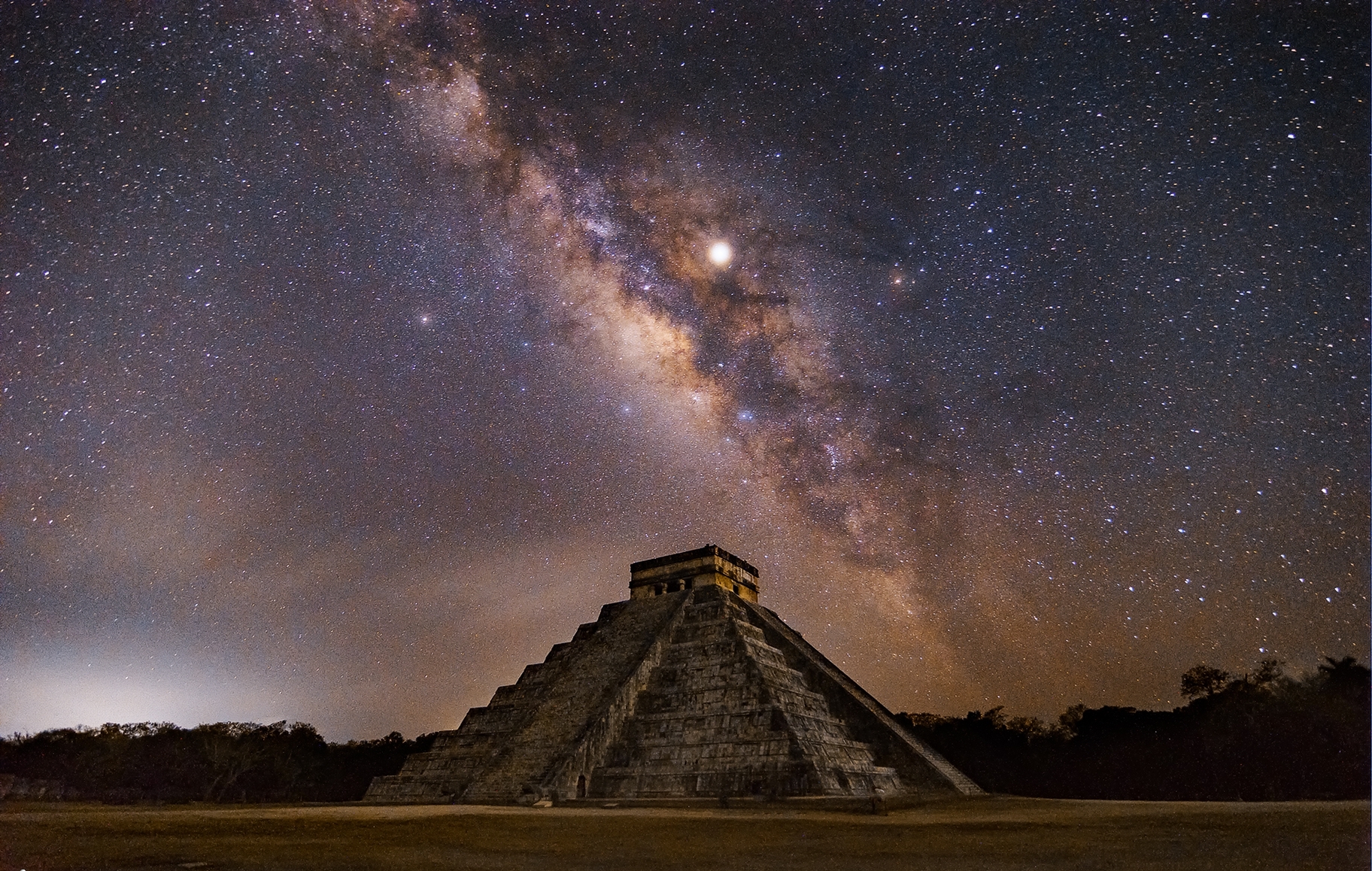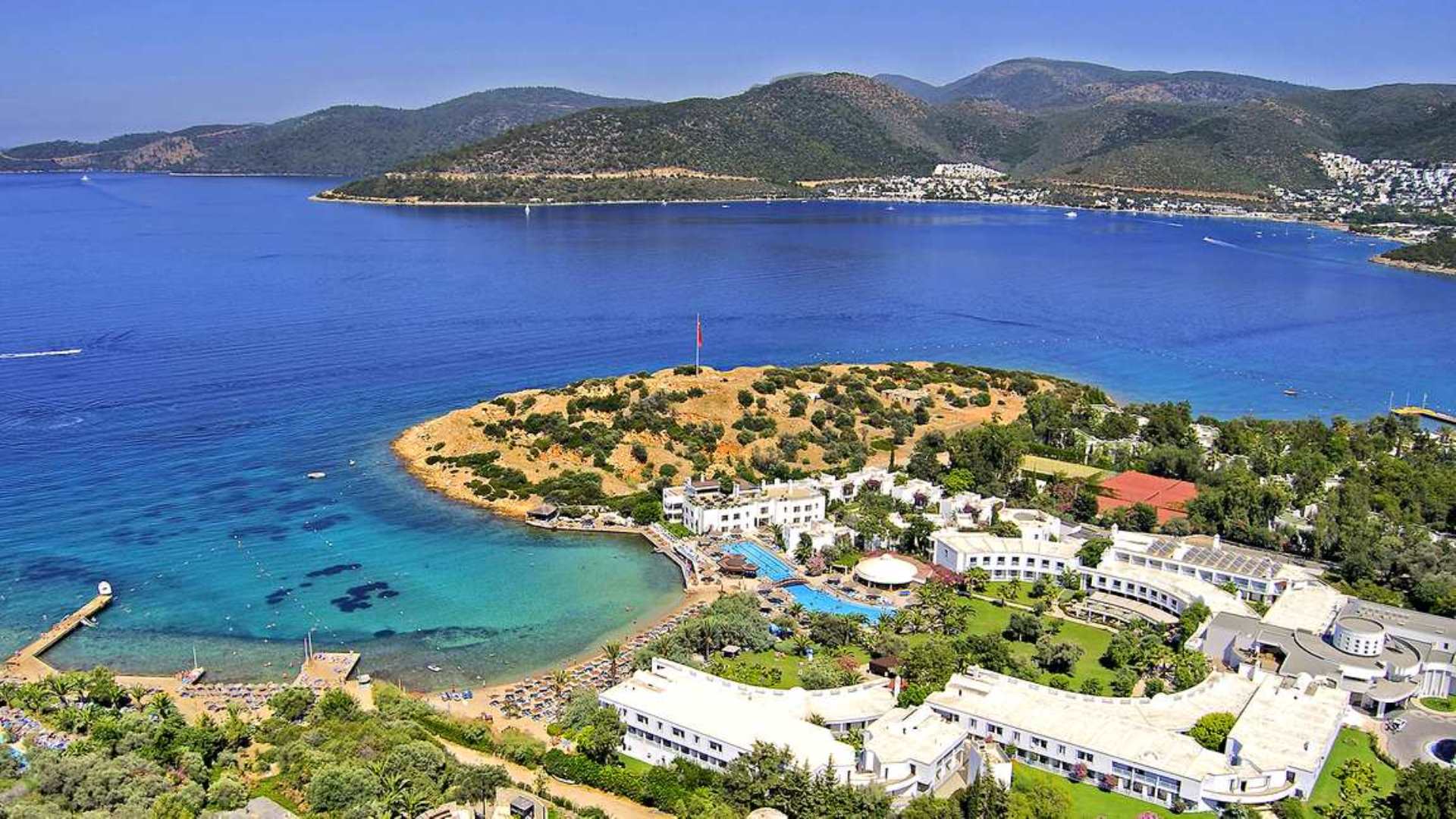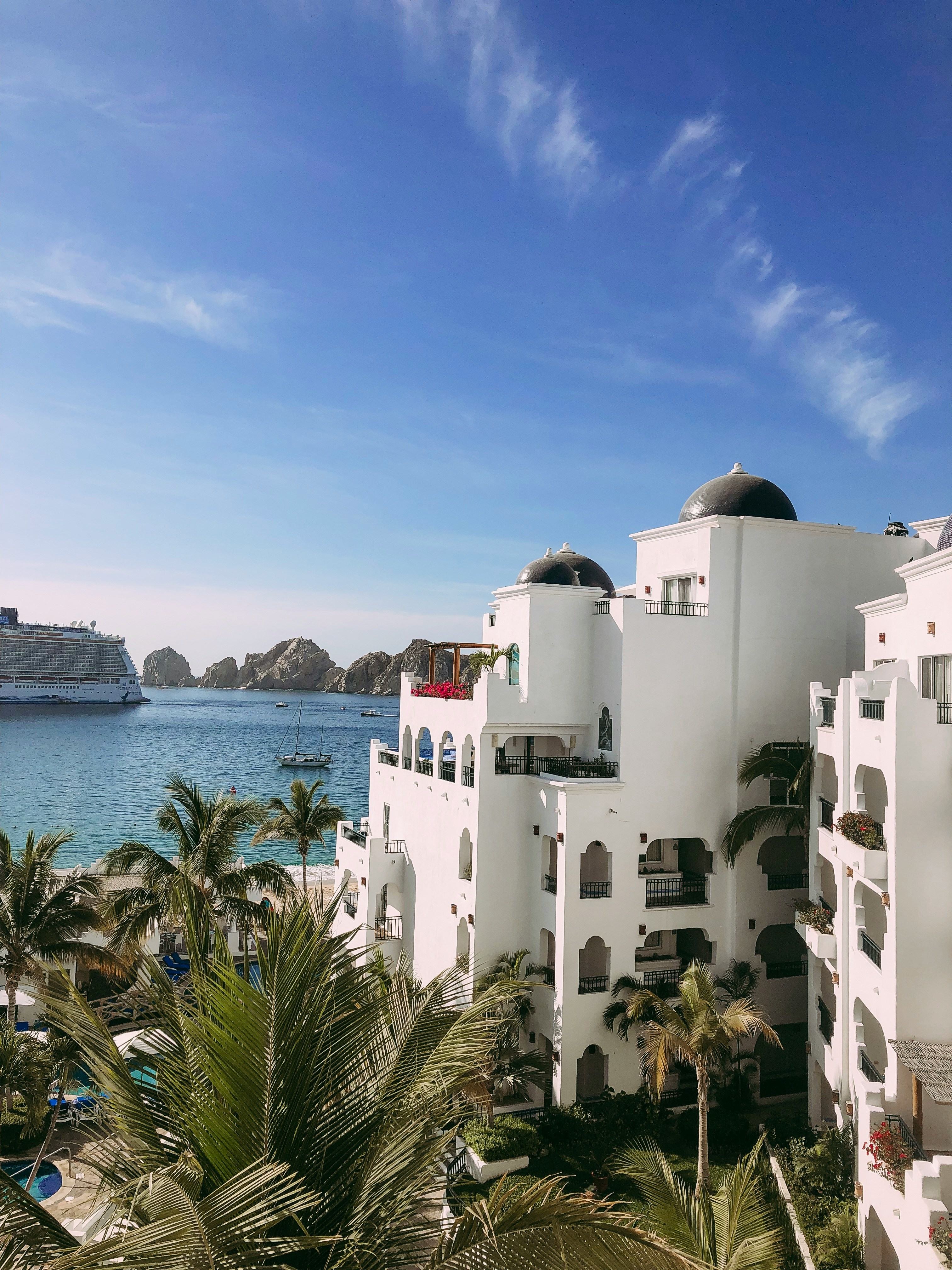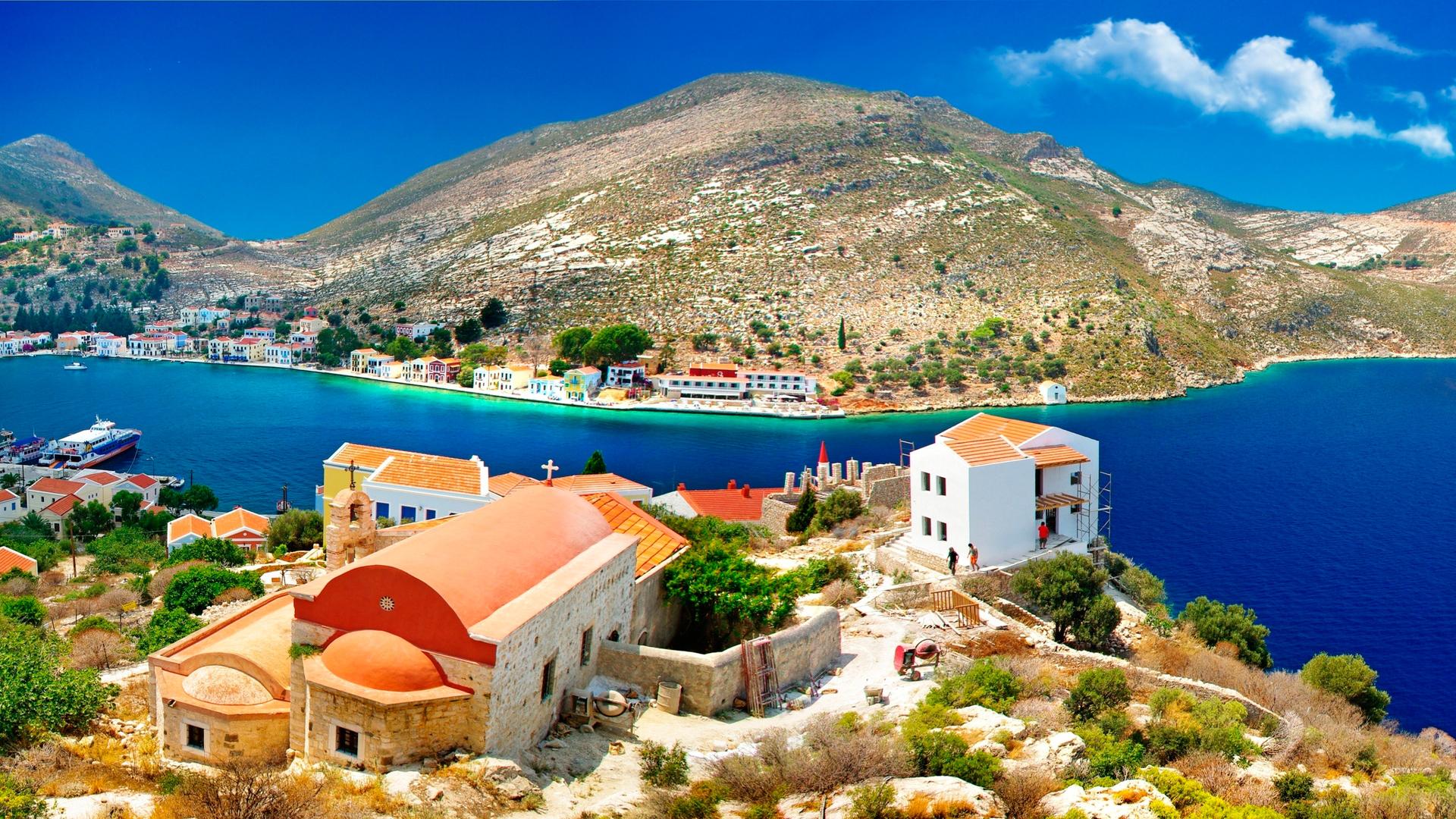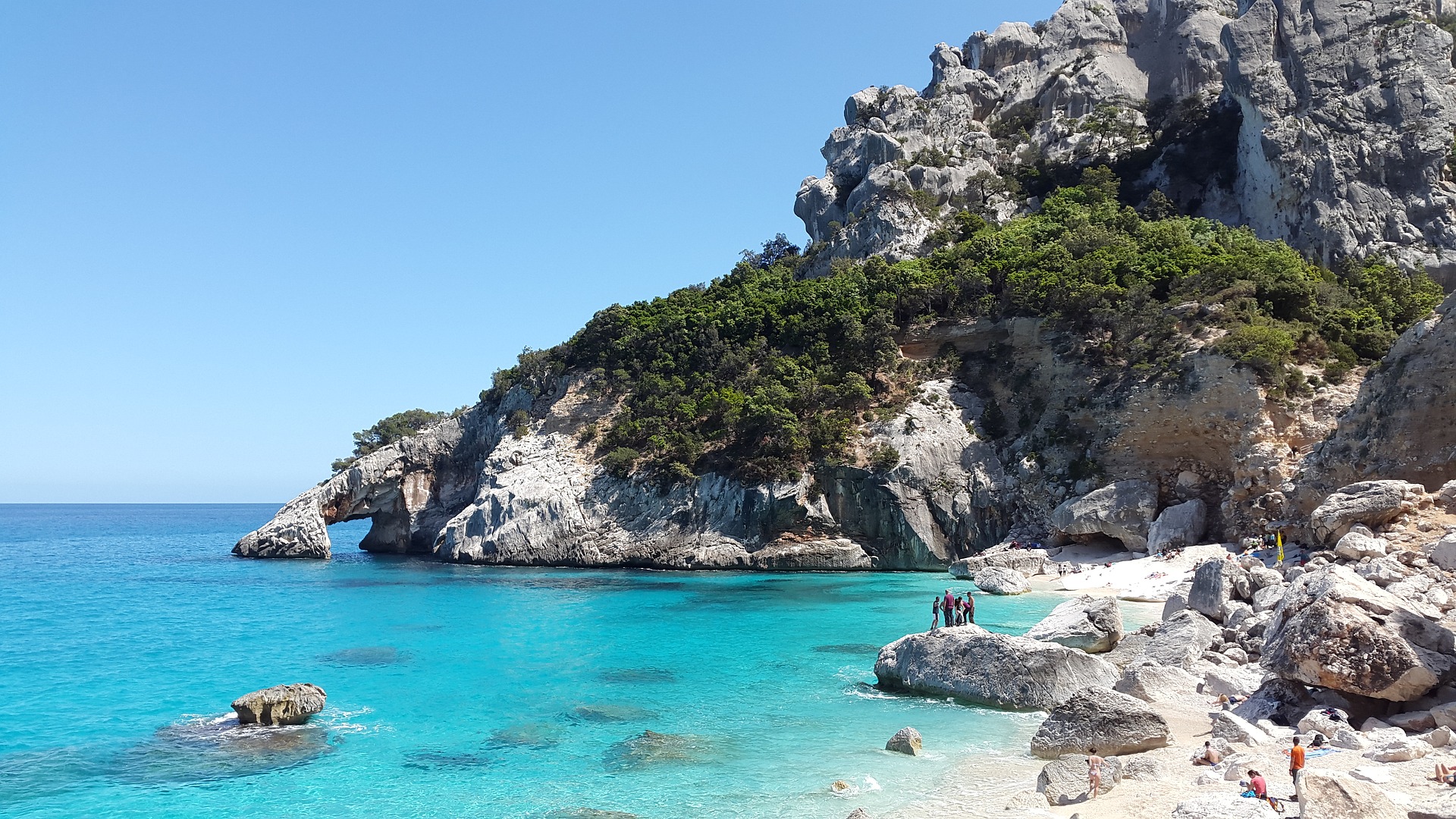St. Petersburg
Holidays in St. Petersburg
popular destinations that may interest you
Our advantages

30 years of experience in the luxury segment

We organize trips of any complexity

Individual approach and exceptional service

Direct contracts with the best hotels in the world

Concierge service and 24/7 support

Offices in Kyiv, Vienna, Dubai
St. Petersburg is a special, “industrial” city, as the Dostoev said. It does not look like any other in the world for objective historical and geographical reasons. There's only ten people who make up his face.
St. Petersburg is the youngest of the big European cities. Even the locality on which it is located has been relatively recent -- by that time, the Confucis had already created its basic essays, the Buddha land route, the Odessaia and Iliada were written, and Egypt conquered the peaches. There is no old lady here, but the postpetrian Russia is better represented than any other city of the Russian Empire. And there's no place in a world where there's so much of the unclassical architecture, eclectics, modern, retrospective. The Historical Centre of Petersburg and the Palace and Parking Ansambles of the suburbs have been added to the World Heritage List by UNESCO.
St. Petersburg is the northernmost of the world ' s major cities and the largest of the northern cities: the 60th parallel, at which it is located, passes through Greenland, Alascu (Anchorij City), Magadan and the capital of Norway, Oslo. So one of the main tourist attractions here is white nights, amazing time from May to July, when even midnight on the street is pretty bright and the city is barely asleep. The pit side of the medal is the harsh winters: the sludge and the mud, the freezes which, combined with high humidity, are poorly transmitted.
River Neva, the main water artery of St Petersburg, is a powerful carlix. With only 74 kilometers long, she's carrying more water than Dnieper or Don. Actually, it's not the river at all, but the straits between Ladgo and Baltica. This place has been considered flexible for centuries: devastating floods, nasty winds, mosquitoes. And only the Finnish fishermen, the despicable pastures of nature, could have wrapped on these " dull, chilled shores " (Pushkin). Therefore, Petra ' s decision to establish a new Russian capital here seemed to have been absurd. But the genius wins the circumstances.
St. Petersburg is a European bridge champion, a vice champion through channels and islands. Here, counting with the suburbs,64 rivers and 48 channels, 170 kilometres of coastlines, about 100 islands, 800 bridges (in Venice more canals and islands, but less bridges). The number of recreational boats, motor boats, heatings in Petersburg grows with each year, and it is not easy to take a look at the city from the water.
St. Petersburg is a stalemate. Over the past 100 years, twice, in the Civil War and in the blockade, as a neutron bomb exploded: the population died, the buildings remained virtually intact. But every time Petersburg restored its spirit and character.
St. Petersburg is a dangerous city. Before the revolution, the heir to the throne of Alexei Petrovich, the three Emperors, Petr III, Pavel I and Alexander II, the two Interior Ministers, one denominator (some seriously injured). Since the founding, there have been five palace coups, an uprising of decabrists and three revolutions. The Bolsheviks are shot by three great Princess. Of the city's communist organization, nine and one, Kirov, were shot dead in mysterious circumstances, another, the Zhdanov, was hardly poisoned... Repression and terror are not random: the spirit of opposition has always been strong in Petersburg.
St. Petersburg is the largest city in Europe. Since the beginning of the nineteenth century, he has remained the fourth largest city in Europe, exceeding Berlin, Vienna, Naples and Moscow, leaving them behind, and always leaving Paris and London. In total, the fourth one, and now, Paris is 9.5 million, Moscow is 9.3 million, London is 7.6 million, Petersburg is 4.7 million.
The transfer of the capital to Moscow in 1918 was in part beneficial to St. Petersburg. This saved the surprisingly high percentage of old construction. In Soviet years, Leningrad was considered a provincial city, and the local government ' s masterpieces lacked money, and there was not even enough dynamite for the demolition of churches. Housing was built on the outskirts. As a result, a large number of pre-revolution houses have been maintained.About 8,000 buildings. The Water Canal to the Great Nevka and from the Alexandro-Nev Lavra to the Trade Port remained almost the same as it was in 1917.
The dining of the table is also taking place in a particular sense of peace among the Pereburians. They are generally poorer than Moscow and not so unconditionally welcome; the pace of life is less intense. But in no other city, you won't meet so many local digs and legends. It's a city of books, madams, erudites, unrecognized geniuses. Dovlatov wrote: “Leningrad has a painful set of spiritual centers that have been somewhat degraded in its administrative rights. The combination of inferiority and superiority makes it a very nuanced gentleman. " Gonore, the incomprehensible arrogance of the local population is a justified irritation of Moscow. But without snobism, averting to amicos, it would hardly be painful for the Pereburns to have their own dignity.
In the twentieth century, the city changed its name three times: the unheard thing: until 1914, St. Petersburg, until 1924, Petrograd, until 1991, Leningrad, and since then St. Petersburg.
Lev Lurie
St. Petersburg is the youngest of the big European cities. Even the locality on which it is located has been relatively recent -- by that time, the Confucis had already created its basic essays, the Buddha land route, the Odessaia and Iliada were written, and Egypt conquered the peaches. There is no old lady here, but the postpetrian Russia is better represented than any other city of the Russian Empire. And there's no place in a world where there's so much of the unclassical architecture, eclectics, modern, retrospective. The Historical Centre of Petersburg and the Palace and Parking Ansambles of the suburbs have been added to the World Heritage List by UNESCO.
St. Petersburg is the northernmost of the world ' s major cities and the largest of the northern cities: the 60th parallel, at which it is located, passes through Greenland, Alascu (Anchorij City), Magadan and the capital of Norway, Oslo. So one of the main tourist attractions here is white nights, amazing time from May to July, when even midnight on the street is pretty bright and the city is barely asleep. The pit side of the medal is the harsh winters: the sludge and the mud, the freezes which, combined with high humidity, are poorly transmitted.
River Neva, the main water artery of St Petersburg, is a powerful carlix. With only 74 kilometers long, she's carrying more water than Dnieper or Don. Actually, it's not the river at all, but the straits between Ladgo and Baltica. This place has been considered flexible for centuries: devastating floods, nasty winds, mosquitoes. And only the Finnish fishermen, the despicable pastures of nature, could have wrapped on these " dull, chilled shores " (Pushkin). Therefore, Petra ' s decision to establish a new Russian capital here seemed to have been absurd. But the genius wins the circumstances.
St. Petersburg is a European bridge champion, a vice champion through channels and islands. Here, counting with the suburbs,64 rivers and 48 channels, 170 kilometres of coastlines, about 100 islands, 800 bridges (in Venice more canals and islands, but less bridges). The number of recreational boats, motor boats, heatings in Petersburg grows with each year, and it is not easy to take a look at the city from the water.
St. Petersburg is a stalemate. Over the past 100 years, twice, in the Civil War and in the blockade, as a neutron bomb exploded: the population died, the buildings remained virtually intact. But every time Petersburg restored its spirit and character.
St. Petersburg is a dangerous city. Before the revolution, the heir to the throne of Alexei Petrovich, the three Emperors, Petr III, Pavel I and Alexander II, the two Interior Ministers, one denominator (some seriously injured). Since the founding, there have been five palace coups, an uprising of decabrists and three revolutions. The Bolsheviks are shot by three great Princess. Of the city's communist organization, nine and one, Kirov, were shot dead in mysterious circumstances, another, the Zhdanov, was hardly poisoned... Repression and terror are not random: the spirit of opposition has always been strong in Petersburg.
St. Petersburg is the largest city in Europe. Since the beginning of the nineteenth century, he has remained the fourth largest city in Europe, exceeding Berlin, Vienna, Naples and Moscow, leaving them behind, and always leaving Paris and London. In total, the fourth one, and now, Paris is 9.5 million, Moscow is 9.3 million, London is 7.6 million, Petersburg is 4.7 million.
The transfer of the capital to Moscow in 1918 was in part beneficial to St. Petersburg. This saved the surprisingly high percentage of old construction. In Soviet years, Leningrad was considered a provincial city, and the local government ' s masterpieces lacked money, and there was not even enough dynamite for the demolition of churches. Housing was built on the outskirts. As a result, a large number of pre-revolution houses have been maintained.About 8,000 buildings. The Water Canal to the Great Nevka and from the Alexandro-Nev Lavra to the Trade Port remained almost the same as it was in 1917.
The dining of the table is also taking place in a particular sense of peace among the Pereburians. They are generally poorer than Moscow and not so unconditionally welcome; the pace of life is less intense. But in no other city, you won't meet so many local digs and legends. It's a city of books, madams, erudites, unrecognized geniuses. Dovlatov wrote: “Leningrad has a painful set of spiritual centers that have been somewhat degraded in its administrative rights. The combination of inferiority and superiority makes it a very nuanced gentleman. " Gonore, the incomprehensible arrogance of the local population is a justified irritation of Moscow. But without snobism, averting to amicos, it would hardly be painful for the Pereburns to have their own dignity.
In the twentieth century, the city changed its name three times: the unheard thing: until 1914, St. Petersburg, until 1924, Petrograd, until 1991, Leningrad, and since then St. Petersburg.
Lev Lurie

